Drug checking made accessible and discreet.
Push is a personal device designed to dispense 3 different chemical reagents, which would react differently depending on what substance they come into contact with. By witnessing the different chemical reactions as they take place, users are empowered to make safer, more informed choices about their drug use.
Read my research and view my prototyping process below! ︎︎︎︎︎︎
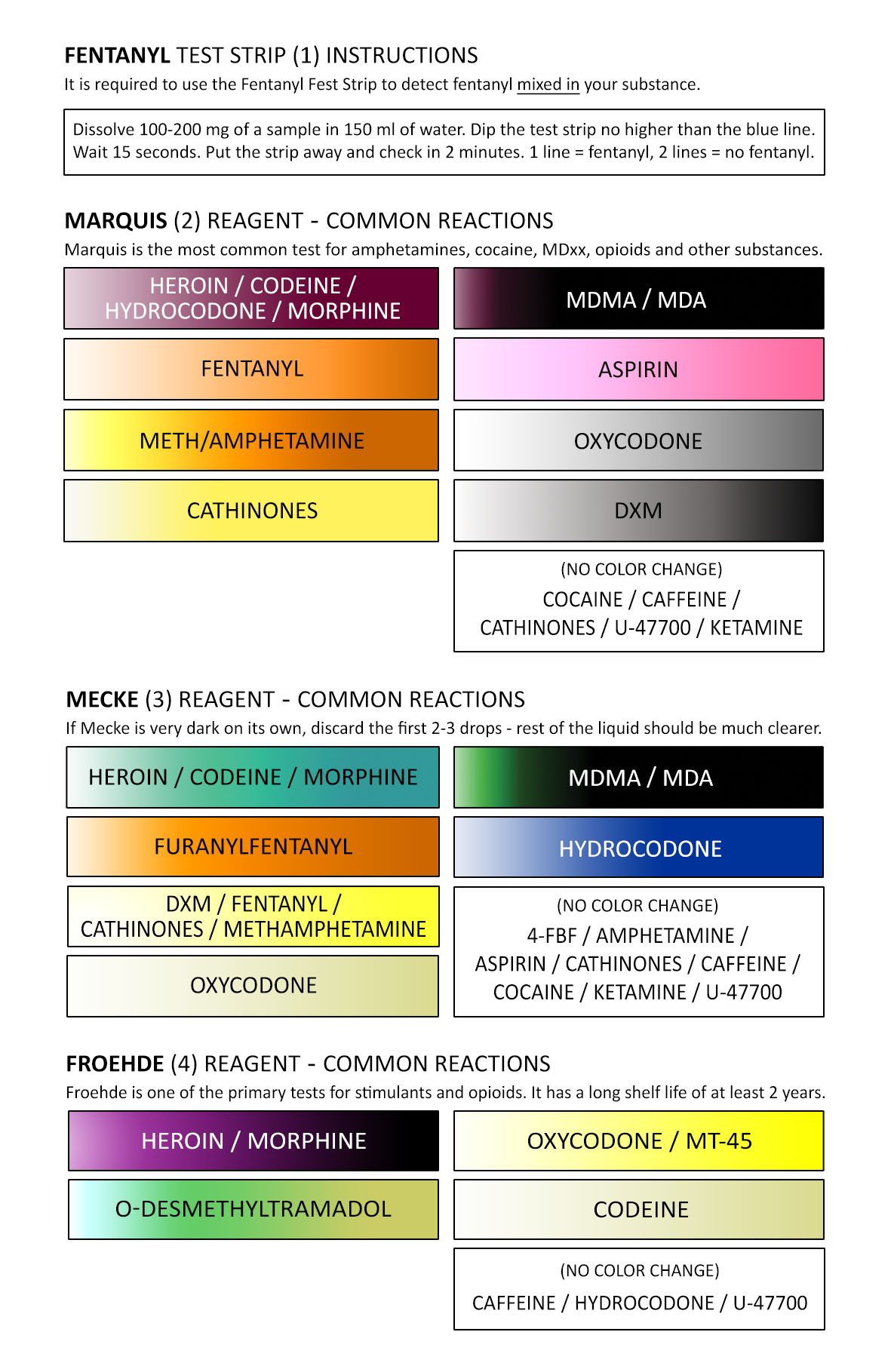

The Problem Space: Reagent Testing & Drug Safety



Left: Demonstrating use of chemical reagents with a sample.
Middle: Heroin reacting with the Marquis reagent.
Right: Fentanyl reacting with the Marquis reagent.
![]()
![]()
![]()
![]()
Images sourced from r/ReagentTesting, where Reddit users may post the results of their at-home reagent testing online.
Middle: Heroin reacting with the Marquis reagent.
Right: Fentanyl reacting with the Marquis reagent.
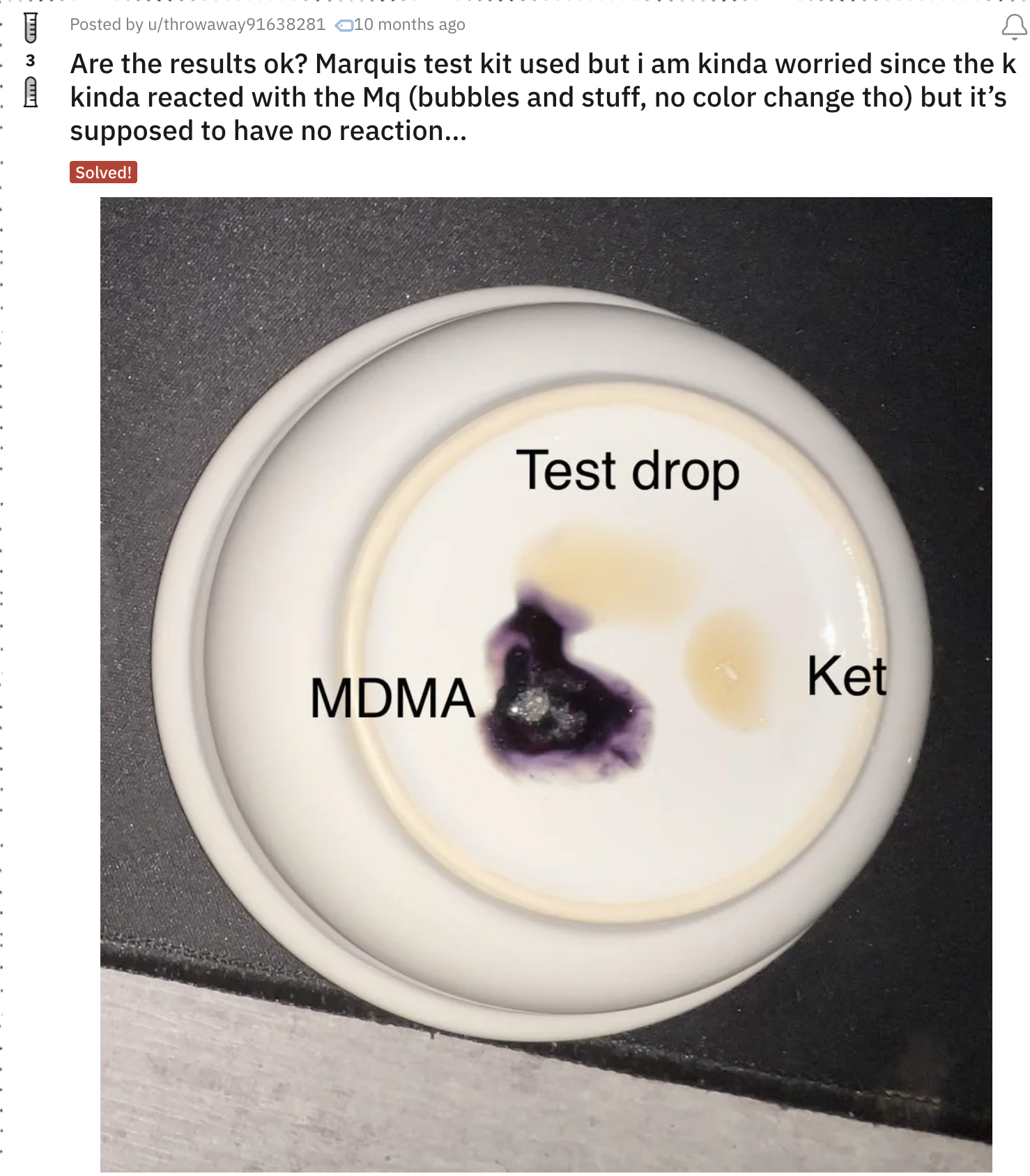
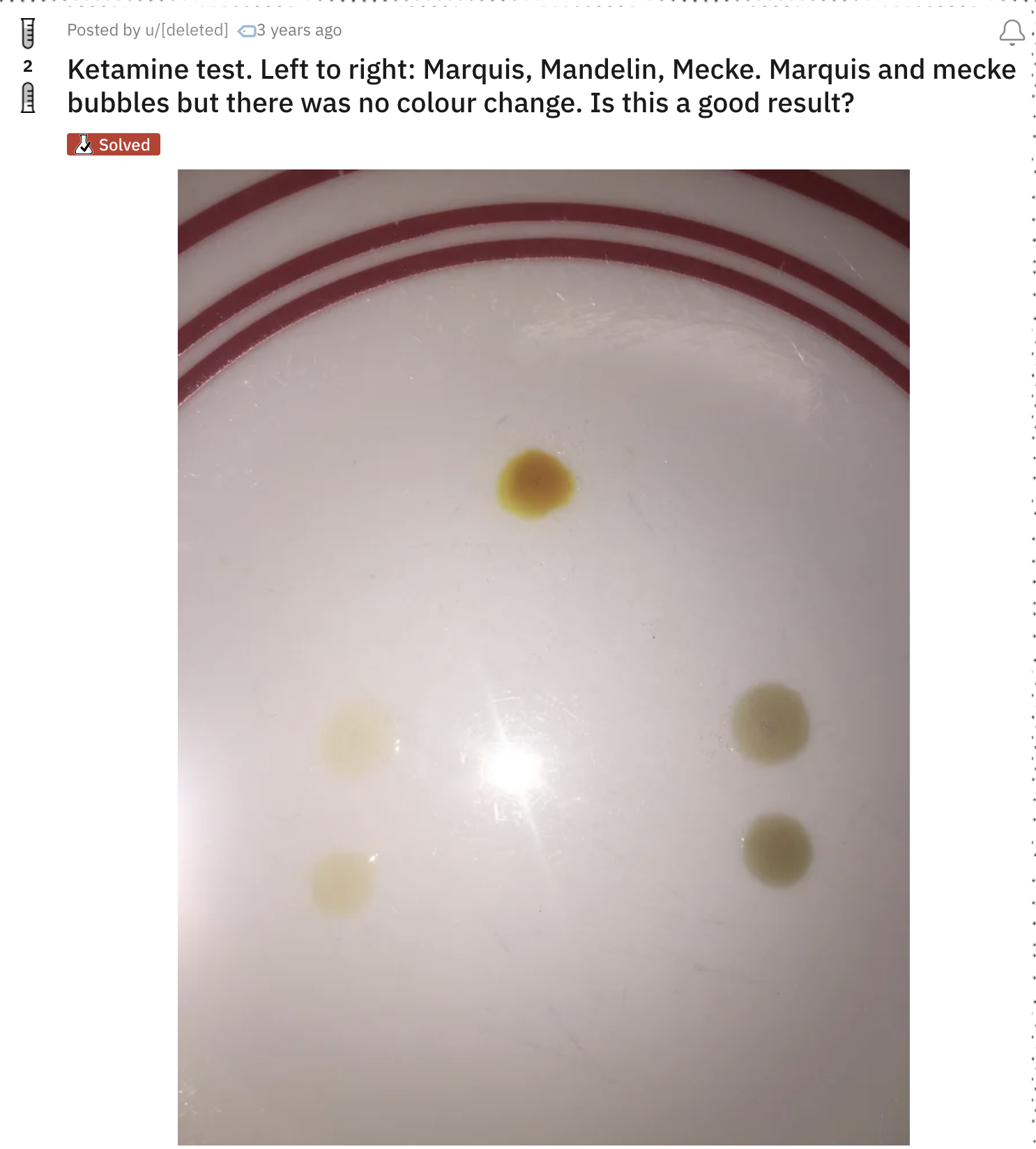

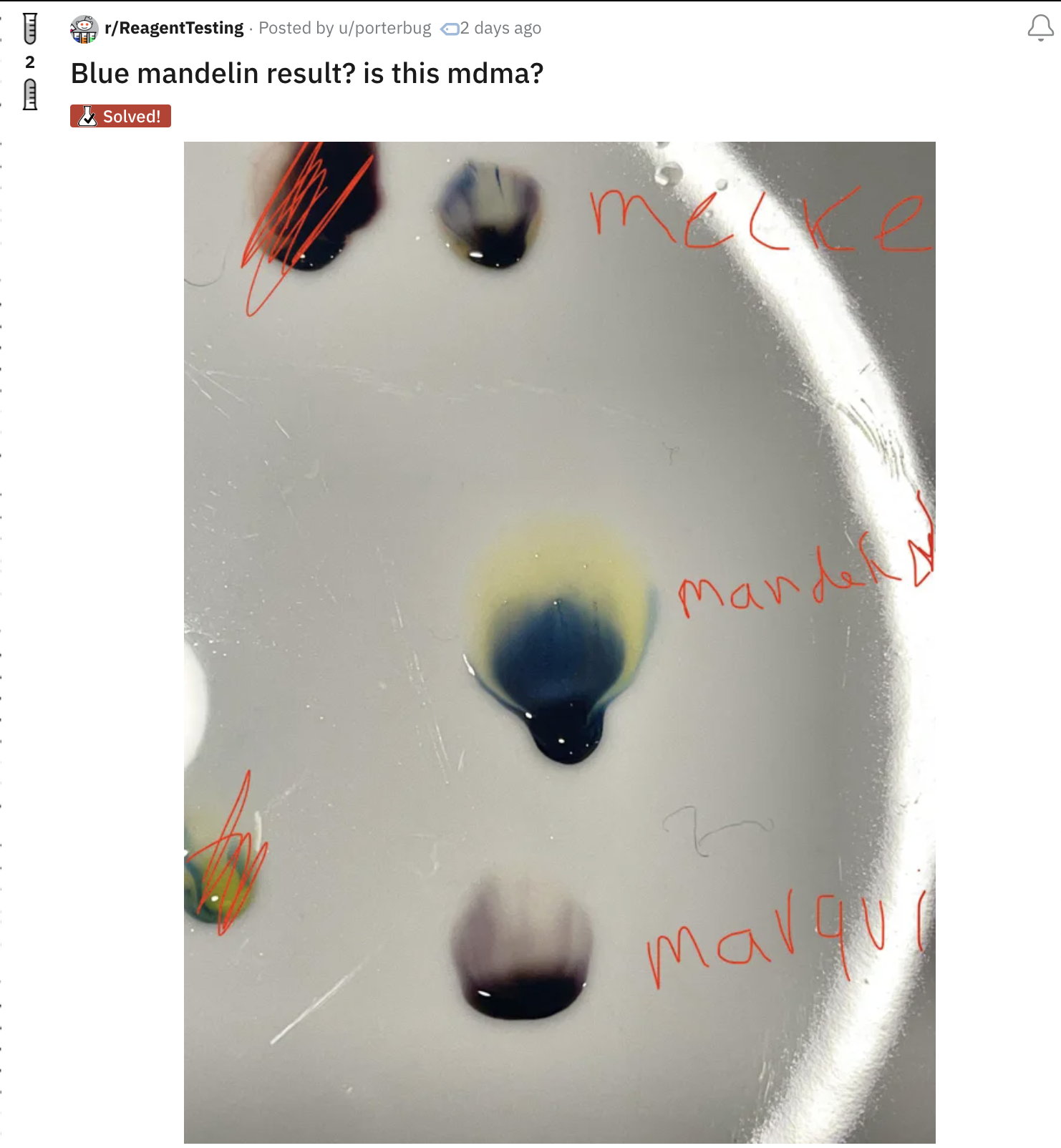
Images sourced from r/ReagentTesting, where Reddit users may post the results of their at-home reagent testing online.
Design Process
Design Process
Overdose deaths involving fentanyl increased >56% from 2019-2020. Fentanyl’s growing role in the overdose epidemic is further exacerbated by the fact that it appears virtually identical to other substances and often goes undetected until it’s too late.
Chemical reagent testing can help distinguish between various substances almost instantly. However, current methods of chemical reagent testing are not optimized for user comfort or conveniece.
Chemical reagents are readily accessible online, but are inconveniently packaged in glass droppers. Without proper equipment at home, customers often resort to using household surfaces in order to perform reagent testing.
To increase engagement with reagent testing, encourage safer drug use, and prevent overdose, reagent testing needs to be made accessible, portable, and discreet.


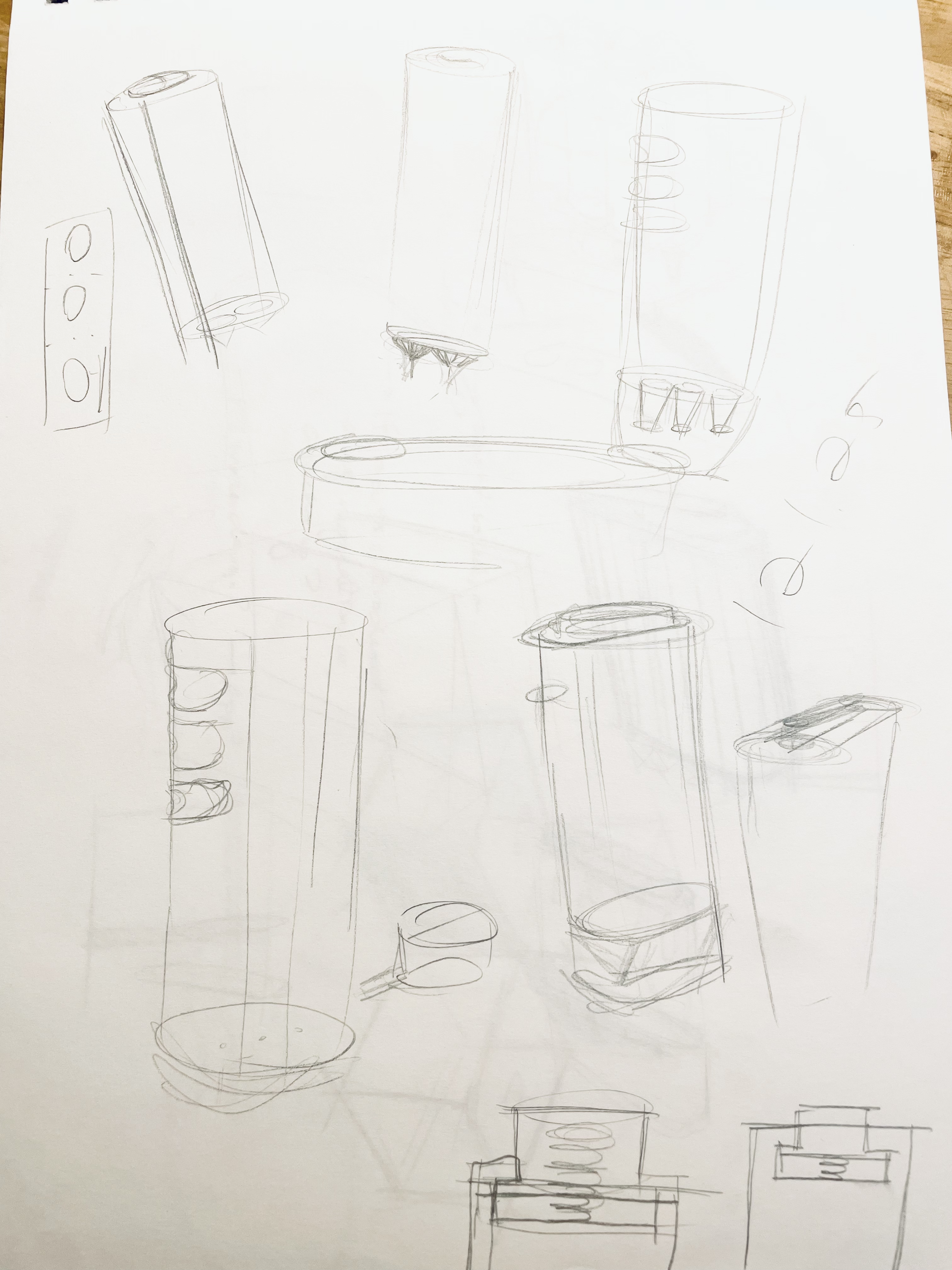
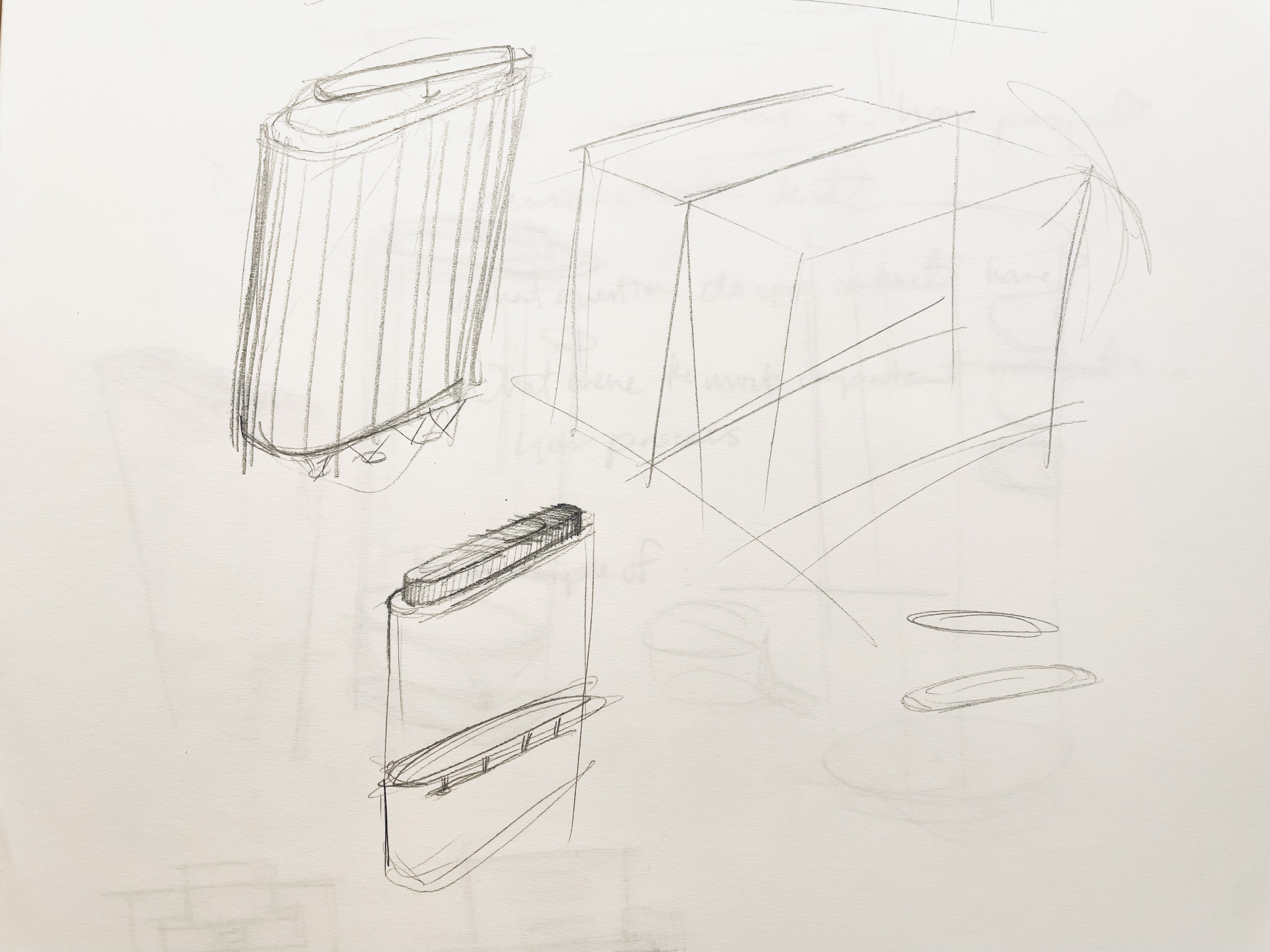

Inspiration from home and health products, to ideation through sketches, to refinement in 3D modeling, to iterative prototyping through 3D printing.
Functional Prototype

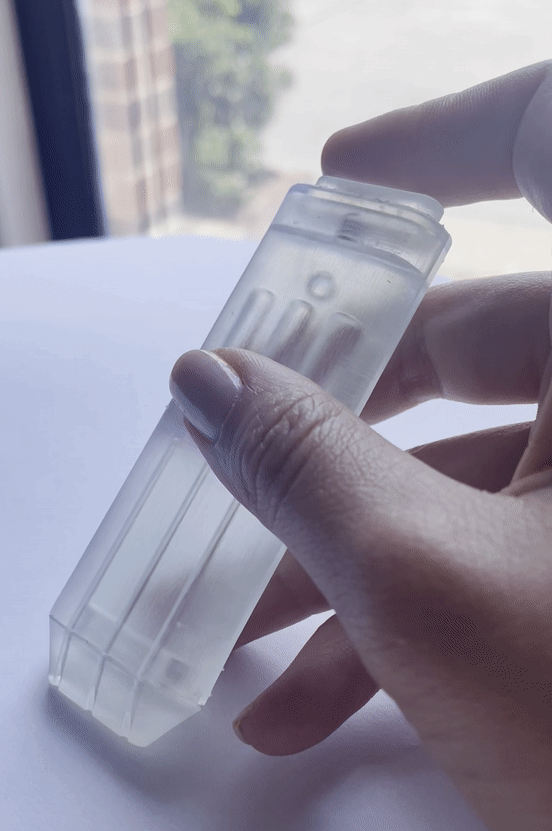
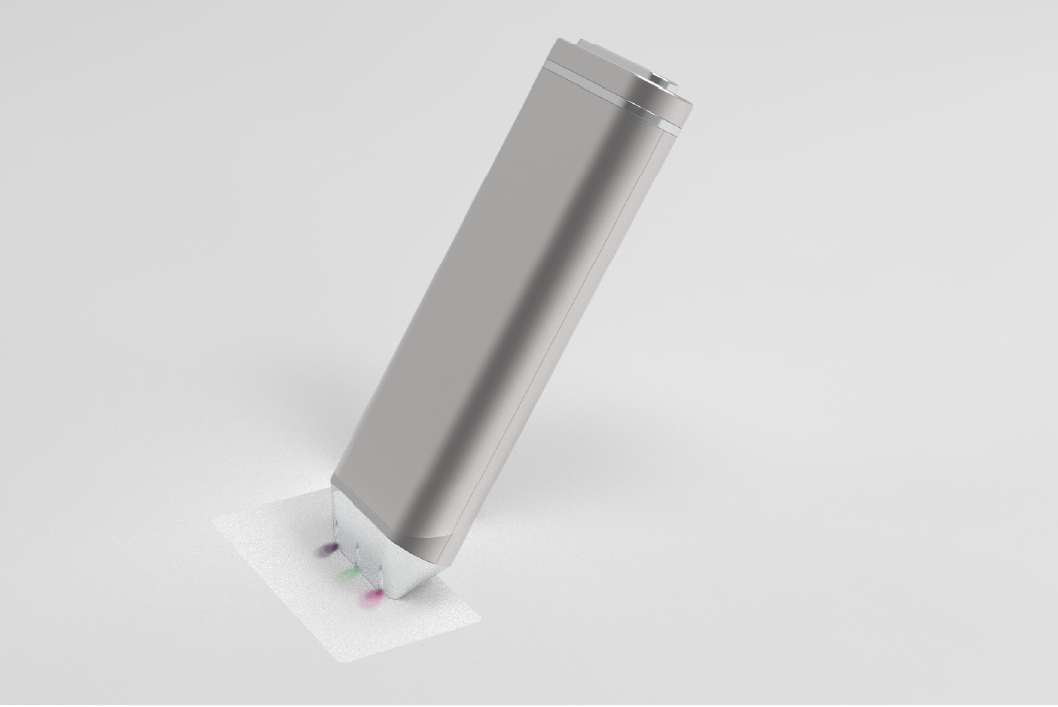
I accompanied renderings for Push with a “works-like” prototype to demonstrate the scale and mechanisms. The final prototype is 3D printed in clear resin to illustrate the 3 separate reagents contained within 1 device.